Description
Munich Still Life by William Michael Harnett printed on a T-Shirt
Painted after Harnett’s return from studies in Munich, this tabletop still life features objects more elegant than those featured in the artist’s early still life of beer steins and pipes or books and inkwells. The austere setting allows him to focus on the textiles and surfaces of a well-lit frieze of objects: worn books shown with gilt spines and fanned pages, a piccolo, and some stained, torn sheet music hanging off the table’s edge. Some of these items, for example, the tall Dutch jar, are familiar models that Harnett owned and used repeatedly; but all reflect the American public’s enthusiasm for collecting and displaying bric-à-brac during the 1880s.
About the T-Shirt
Regular fit
Standard length, the fabric easily gives into movement
Casual wear
A classic, everyday option loved by our customers
Side-seamed
Constructed by sewing two parts together, creating a fitted look
The Unisex Staple T-Shirt feels soft and light with just the right amount of stretch. It’s comfortable and flattering for all. We can’t compliment this shirt enough–it’s one of our crowd favorites, and it’s sure to be your next favorite too!
- Solid colors are 100% Airlume combed and ring-spun cotton
- Ash color is 99% combed and ring-spun cotton, 1% polyester
- Heather colors are 52% combed and ring-spun cotton, 48% polyester
- Athletic and Black Heather are 90% combed and ring-spun cotton, 10% polyester
- Heather Prism colors are 99% combed and ring-spun cotton, 1% polyester
- Fabric weight: 4.2 oz./yd.² (142 g/m²)
- Pre-shrunk fabric
- 30 singles
- Side-seamed construction
- Tear-away label
- Shoulder-to-shoulder taping
- Blank product sourced from Nicaragua, Mexico, Honduras, or the US
William Michael Harnett (1848-1892)
William Michael Harnett was an Irish-American painter known for his trompe-l’œil still lifes of ordinary objects.
Harnett was born in Clonakilty, County Cork, Ireland during the time of the potato famine. Shortly after his birth his family emigrated to America, settling in Philadelphia. Becoming a United States citizen in 1868, he made a living as a young man by engraving designs on table silver, while also taking night classes at the Pennsylvania Academy of the Fine Arts and later, in New York, at Cooper Union and at the National Academy of Design. His first known oil painting, a still life, dates from 1874.
The style of trompe-l’œil painting that Harnett developed was distinctive and inspired many imitators, but it was not without precedent. A number of 17th century Dutch painters, Pieter Claesz for instance, had specialized in tabletop still life of astonishing verisimilitude. Raphaelle Peale, working in Philadelphia in the early 19th century, pioneered the form in America. What sets Harnett’s work apart, besides his enormous skill, is his interest in depicting objects not usually made the subject of a painting.
Harnett painted musical instruments, hanging game, and tankards, but also painted the unconventional Golden Horseshoe (1886), a single rusted horseshoe shown nailed to a board. He painted a casual jumble of second-hand books set on top of a crate, Job Lot, Cheap (1878), as well as firearms and even paper currency. His works sold well, but they were more likely to be found hanging in a tavern or a business office than in a museum, as they did not conform to contemporary notions of high art.

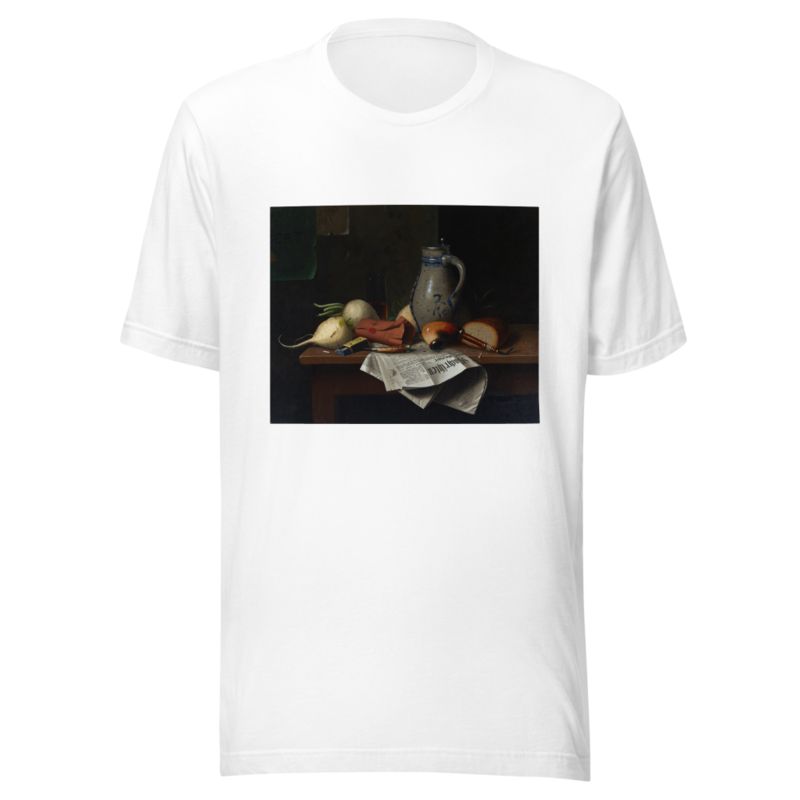
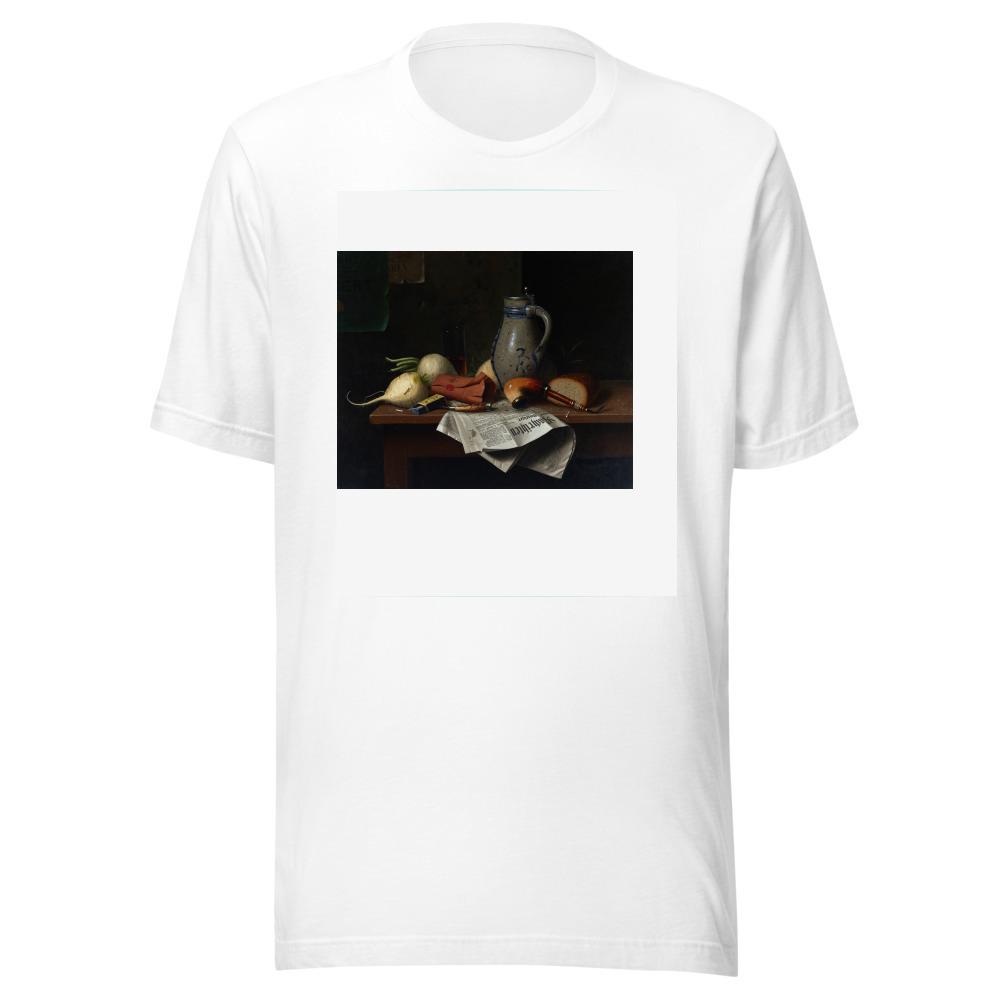
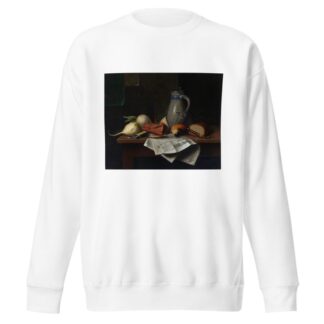
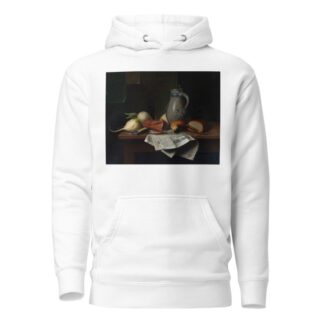
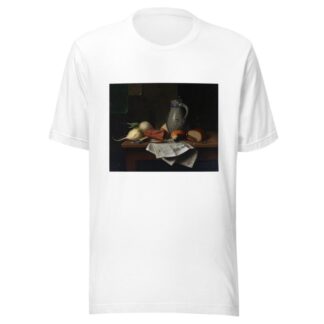
Reviews
There are no reviews yet.